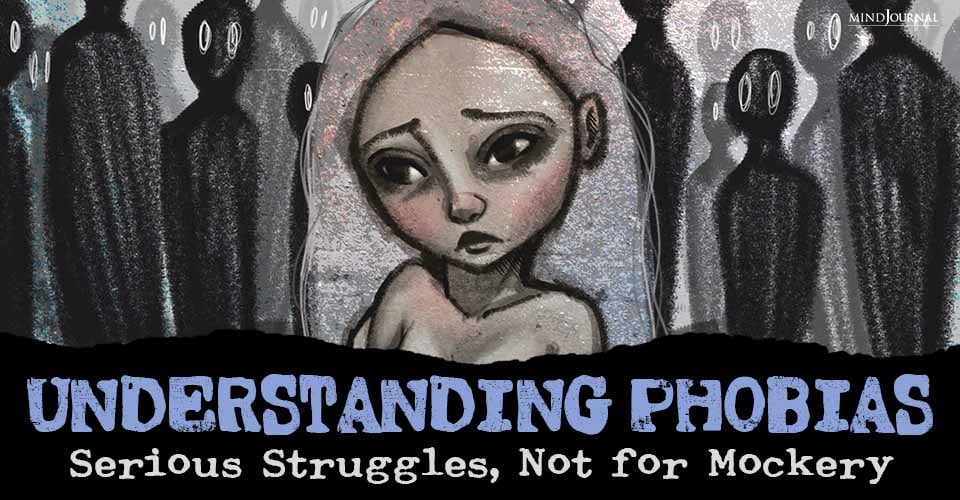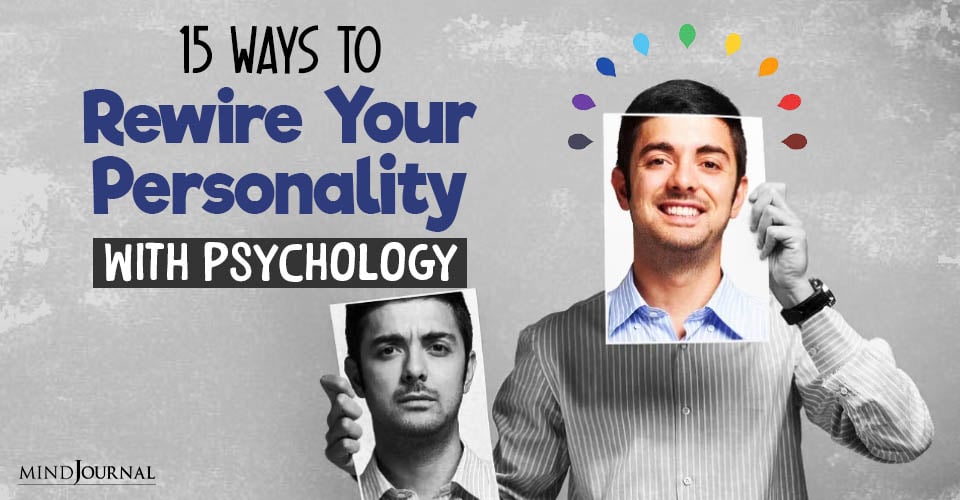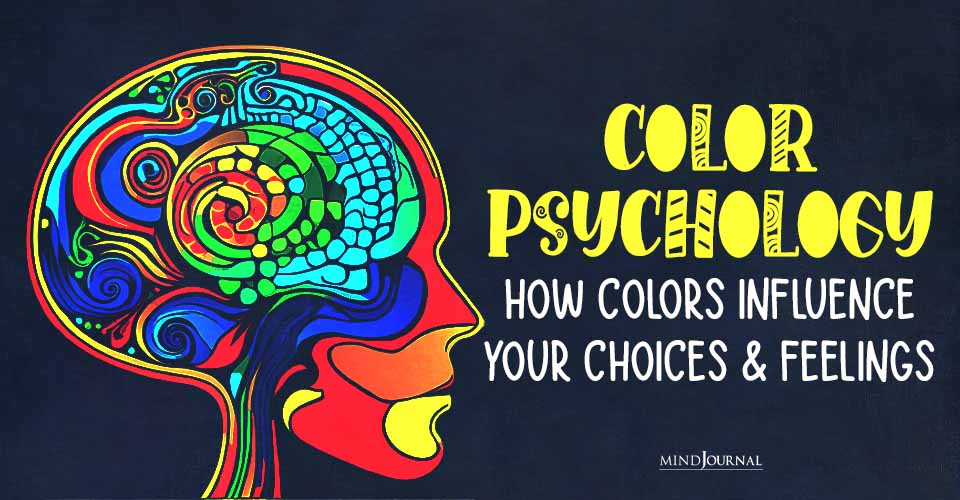Have you ever wished you could understand what someone is really thinking or feeling? Learning psychology tricks to read minds can make it seem like you’ve unlocked a secret superpower.
Whether it’s picking up on subtle body language cues, deciphering hidden emotions, or interpreting what’s left unsaid, reading people can help you connect better and navigate social situations with ease.
By mastering simple psychological tricks to read minds, you’ll improve your ability to gauge intent, uncover motivations, and even spot when someone isn’t being truthful.
Read More Here: Maladaptive Daydreaming: 5 Warning Signs That Your Inner World Is Distracting You
Here are over 20 powerful body language tricks to read people like a book.
How To Read People? 20+ Psychology Tricks To Read Minds
1. Watch the Eyes
You’ve likely heard the phrase, “The eyes are the windows to the soul.” That’s because they reveal so much.
Strong eye contact often shows confidence or interest, while darting eyes may indicate discomfort or deceit. If someone looks up to their left, they might be trying to recall a memory, but looking up to their right could suggest lying or creativity.
2. Observe the Feet
While most people focus on facial expressions, feet can be just as telling. If someone’s feet point toward the door, they may want to leave. Feet also reveal where attention lies, giving you one of the quickest body language tricks to read people’s true focus.
3. Notice Micro-Expressions
Micro-expressions are rapid, subtle facial movements that give away a person’s genuine emotions. These fleeting expressions can clue you into feelings like anger, sadness, or surprise, even if they’re trying to hide them.
4. Pay Attention to Mirroring
When someone mirrors your posture or gestures, it’s a subconscious sign of comfort and connection. If you adjust your position and they follow, it’s a great sign you’ve built rapport.
5. Spot Nervous Tics
Fidgeting, playing with hair, or shifting weight are all signs of anxiety or discomfort. These small behaviors can help you understand how someone really feels during a conversation.
6. Evaluate Smiles
Not all smiles are genuine. A true, heartfelt smile involves both the eyes and mouth. If someone’s smile doesn’t reach their eyes, they may not be as happy as they appear.
7. Use the Lean Test
Interested people naturally lean in during conversations, while disinterest is often shown by leaning away.
8. Observe Hand Gestures
Open palms often indicate honesty, while crossed arms suggest defensiveness. Hidden hands, like those in pockets, could mean someone is holding back information.
9. Listen to Their Tone
The tone of voice can say more than words. A calm, steady tone signals confidence, while a high-pitched or rushed speech pattern can indicate nervousness.
10. Notice a Tilted Head
A slight head tilt signals interest and curiosity. This simple body language trick can tell you when someone is genuinely engaged in the conversation.
11. Spot Defensive Touches
Touching the neck, collar, or face while speaking can be a sign of defensiveness or discomfort.
12. Observe Blink Rate
Frequent blinking may indicate nervousness or lying, while slow blinking suggests boredom or disinterest.
13. Decode Crossed Legs
Crossed legs often signal defensiveness, but if they’re crossed toward you, it’s a sign of interest or engagement.
14. Watch Pupil Dilation
Dilated pupils often indicate excitement or interest, providing a subtle but effective way to gauge someone’s emotional state.
15. Identify Deception
Liars often struggle to maintain consistent body language. Look for fidgeting, avoiding eye contact, or contradictions between words and actions.
16. Tension in the Jaw or Shoulders
A tight jaw or stiff shoulders can reveal stress, frustration, or suppressed emotions.
17. Notice the Eyebrow Flash
A quick eyebrow raise can signal surprise or recognition. It’s a small, subconscious action that can provide big insights.
18. Respect Personal Space
The distance someone keeps can tell you how comfortable they feel. Standing close shows connection, while backing away signals discomfort.
19. Look for Pacifying Gestures
People often touch their face, neck, or arms when trying to soothe themselves in stressful situations.
20. Study Group Dynamics
In a group setting, people subtly align themselves toward the person they’re most interested in or respect. This is a simple trick to identify influencers.
21. Listen for the Unspoken
What someone doesn’t say can be as telling as what they do. Hesitation, avoiding direct responses, or pauses can reveal uncertainty or withheld thoughts.
Read More Here: 13 Useful Psychology Tricks That Will Make Your Life Easier
By using these psychology tricks to read people and understand body language, you’ll unlock a deeper understanding of the people around you. The goal isn’t manipulation, but rather building stronger connections and improving your social skills.
Use these insights with empathy, and you’ll find it easier to navigate any interaction. Share your thoughts in the comments below!










Leave a Reply